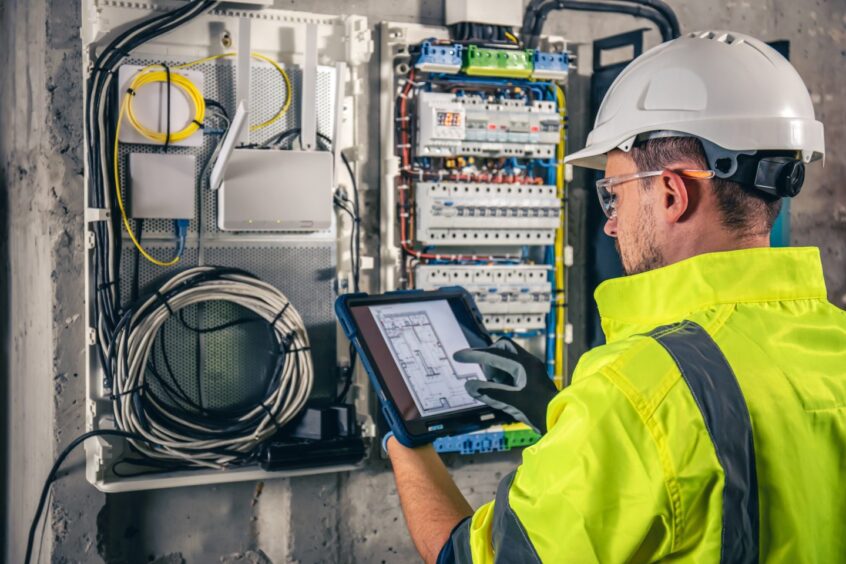
Regular inspections are key in fostering a safe environment for on-site personnel. But according to Jeremy Lai, CFO of Arnlea Systems, they can be cost efficient.
Cost efficiency and safety do not often work in tandem.
However, the uncertainties presented by the current economic climate and the UK energy market demand strategies that align those two objectives.
Risk-based inspection (RBI) is just such an approach that can deliver cost efficiency while maintaining – and even enhancing – safety standards.
Traditional inspection models often default to set intervals, regardless of the actual risk profile of the equipment.
With RBI, inspection frequency and rigour are tailored to each asset’s criticality, condition and operational demands.
This focus ensures that high-risk components receive the necessary attention while lower-risk items are assessed in a way that conserves resources. The cost savings from this targeted approach can be profound.
By concentrating efforts on high-risk areas, operators can proactively prevent incidents before they occur.
For Ex inspections, this translates into a safer working environment for inspectors and on-site personnel, as targeted inspections are more effective at identifying potential hazards.
Furthermore, the RBI approach simplifies compliance with international standards, such as IEC, by ensuring inspections are prioritised based on objective data rather than arbitrary schedules.
An RBI strategy requires careful planning, an initial investment in set-up, building a detailed risk profile for each asset and refining inspection cycles.
This allows organisations to confidently reduce the frequency of inspections for lower-risk assets without compromising safety.
With maturity in the RBI approach, inspection cycles are optimised, resulting in a notable decrease in operational costs as resources are no longer expended on unnecessary inspections.
The payback period differs according to circumstances but marks a turning point at which the initial groundwork yields sustained financial savings, marking RBI not only an investment in safety but also a strategy for long-term cost efficiency in inspection activities.
With these benefits in mind, Arnlea has developed its Ex inspection software, Nexar, to include RBI strategy capabilities, supporting inspectors with data analytics, offline access and real-time insights that enhance decision-making.
For inspectors, this means clearer, more manageable workloads and less time wasted on redundant checks.
The convergence of the cost savings and safety benefits delivered by RBI is transforming how we think about Ex inspections, making it a powerful enabler of operational excellence and a strategic necessity.
Recommended for you
